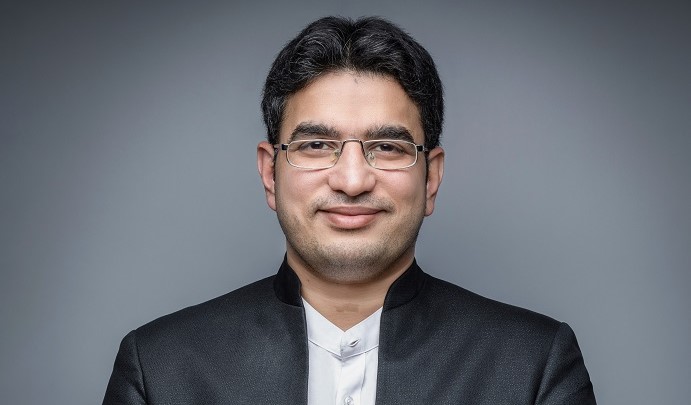Historically, no global currency has enjoyed economic dominance for more than 100 years. Still, the US dollar (USD) holds onto its position as the world’s reserve currency even though it may not exert full economic dominion. In fact, the USD has already surpassed the aforementioned record by at least four years without an imminent end in sight.
Amid the raging debate surrounding the future of the USD, it is vital to chart out alternative paths for the world economy to strategically diversify reliance away from USD concentration into some form of currency concoction, even if imperfect.
Although some pundits may feel compelled to predict the end of the US dollar’s dominance, the reality is that it will continue to play a significant role for some time yet. This is due to two key factors: first, the US dollar still accounts for 85 percent of world trade; and second, criticism of the US dollar’s lackluster appeal is often based solely on the Federal Reserve’s guarantee – which is currently facing challenges such as inflation and bank rescues.
Read: Will the strong dollar set off a global debt crisis
Therefore, a more objective analysis is needed to fully understand the future of the US dollar in global trade.
Currently, the US still officially holds the largest quantity of gold reserves, conservatively valued at 8,143 tonnes, mostly stored in large, fortified vaults in Fort Knox. In an apocalyptic scenario of gold touching USD10,000/ounce, the value of gold would hover around $5 trillion representing 19 percent of the size of the US economy (by GDP valued at $26 trillion). Even if monetary experts were to devise a way to reinvigorate Bretton Woods 2.0, it is highly likely the US would exert maximum influence on the back of the value of its gold reserves.

However, it is still judicious to initiate discussions about alternative currencies to better prepare the world for the (unlikely) oblivion of the USD. According to the IMF, member countries have an opportunity to borrow in any of the five designated reserve currencies – USD, GBP, EUR, JPY and RMB.
China’s emergence as the second biggest economy, valued at USD 16 trillion, is a natural competitor for USD dominion. China’s share in global trade measures impressively at 15 percent. With a population of 1.4 billion and sizable domestic consumption, combined with the lure of outward and inward investment, Chinese RMB meets some of the vital criteria to be seen as a formidable rival to USD dominance.
Even in the face of the above realities, the growing clout of the geostrategic region of MENA holds enormous potential to seize the opportunity to dominate the international monetary dialogue.
The Gulf Cooperation Countries (GCC) region is a strong contender – boasting one of the highest GDP-per-capita ranges from USD 25,000 at the lower band to $100,000 at the upper end. But despite the growing regional clamor to diversify away from fossil fuels and impressive capital metrics, the emergence of a common currency union along similar lines to the Euro looks no longer unrealistic.
In theory, the additional safety net afforded by the GCC’s USD peg (Kuwait withstanding) offers even more incentive to embark on talks about the internationalization of Middle East currencies.
In this context, the recent talks surrounding settling oil contracts in RMB offer a glimmer of hope. Despite a compelling economic trough imposed on Iran, the growing trading ties between Iran and China – evident in the value of trade reaching an impressive $4 billion for March 2022 – highlight the value of economic wisdom over political brinkmanship.
What’s more, the movement towards Middle Eastern currency internationalization has a valuable lesson to glean from Kuwait. As one of the richest currencies in the world, Kuwait pegs its Dinar against a basket of currencies, giving weight to no single currency over 35 percent. If the common currency union gains traction, it will be useful for the region to emulate Kuwait to contain exposure risks emerging from the unitary currency peg. GCC has every potential to transform into an economic union on the strength of a single currency even whilst maintaining sovereign identities. Common currency emerging from GCC can gain global competitiveness with significant opportunities to expand international trade in goods and services giving significant impetus to individual economies’ growth and development.
For more on the economy, click here.








